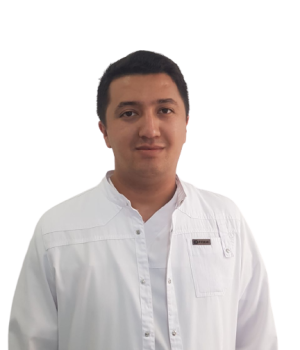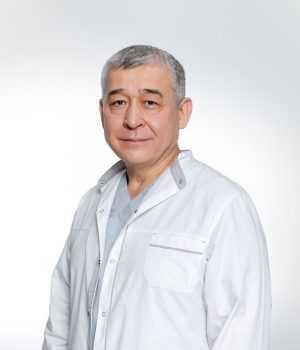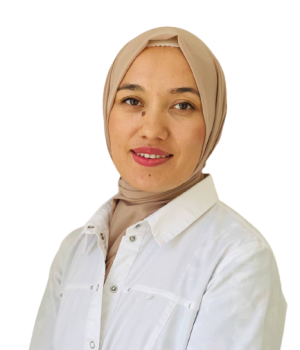The most common cause of chronic back pain among the adult population is spondyloarthritis, which is the morphological basis of facet syndrome.
Under the facet syndrome, we imply painful manifestations of spondylarthrosis, in which there is no compression of the spinal nerve root or other neurovascular formations by elements of the pathologically altered motor segment.
The frequency of degenerative changes of the facet joints in the population varies widely from 40% to 85%.
For chronic pain in the back, according to the results of research, facet joint damage is the cause of pain syndrome at the lumbar level in 30-60% of cases, in the cervical region – in 49-60%, on the chest – in 42-48% of cases.

Facet syndrome – pathogenesis
At the heart of the pathogenesis of facet syndrome is the displacement of all the constituent elements of the facet joints – cartilage, subchondral bone, ligaments, capsule, and periarticular muscles. In the lumbar spondylarthrosis, a sharp decrease in the thickness of the articular cartilage was observed until it completely disappeared in some areas in which bone tissue proliferation was noted. Spondyloarthritis can develop in isolation, but it is more often formed against the background of degeneration of intervertebral discs, which leads to increased stress on the facet joints and their chronic traumatism.
Like lesions of the discs, spondyloarthritis is more common in elderly patients, but it can also develop in young people, which is promoted by hereditary predisposition, congenital anomalies, spine traumas, hypermobility of the vertebral-motor segments (PDS), and excessive body weight. With injuries (such as “whip”, traction, rotation) facet syndrome can develop rapidly.
Facet syndrome – clinics
The facet syndrome is characterized by a recurrent course, gradual development and slow regression of each pain episode, and a tendency to lengthen each subsequent exacerbation.
The pain is diffuse, poorly localized, described by patients as “deep,” “aching,” “pressing,” “twisting,” “squeezing.” The phenomenon of “morning stiffness” and the maximum severity of pain in the morning is especially acute after a long day. The pains are localized paravertebrally, can be bilateral or lateralized. The pain that comes from the facet joints of the lower lumbar level can be reflected by sclerotomes in the gluteal region, the region of the coccyx, hip joint, inguinal region, along with the hamstrings, as a rule, does not “descend” below the knee joint. Pain from the upper-lumbar joints can spread to the chest area, the lateral surface of the abdomen. Pain in the facet syndrome at the cervical level can be reflected in the area of the shoulder or upper back and much less often – in the shoulder, forearm, hand. From exacerbation to exacerbation, the localization, nature, and intensity of the pain syndrome can change.
A characteristic feature of the facet pain syndrome at the lumbar level is the appearance or strengthening of painful sensations in the extension and rotation of the lumbar spine arising from the sitting position to the standing position, with prolonged standing, “twisting” in the lower back. In this case, flexion and tilt in the lumbar region can lead to a reduction in pain. Pain decreases on a background of “unloading” of the spine – lying down or flexing the spine with the support of the hands. Unlike the pain syndrome with radiculopathy, the reflected pain in the facet syndrome does not reach the fingers, it is poorly localized, does not carry a neuropathic pain syndrome in the form of sensation of “electric current”, burning and paresthesia, the pain intensifies when the spinal column extensibility is not accompanied by the appearance expressed symptoms of tension, as well as symptoms of loss in the motor, sensitive and reflex spheres.
Neurological examination reveals the forced position in the form of antalgic scoliosis in the thoracic and lumbar regions, local soreness in palpation in the projection of the facet joints, the tension of the paravertebral muscles on the diseased side, discomfort, and the limitation of the volume of movements with inclinations.





















